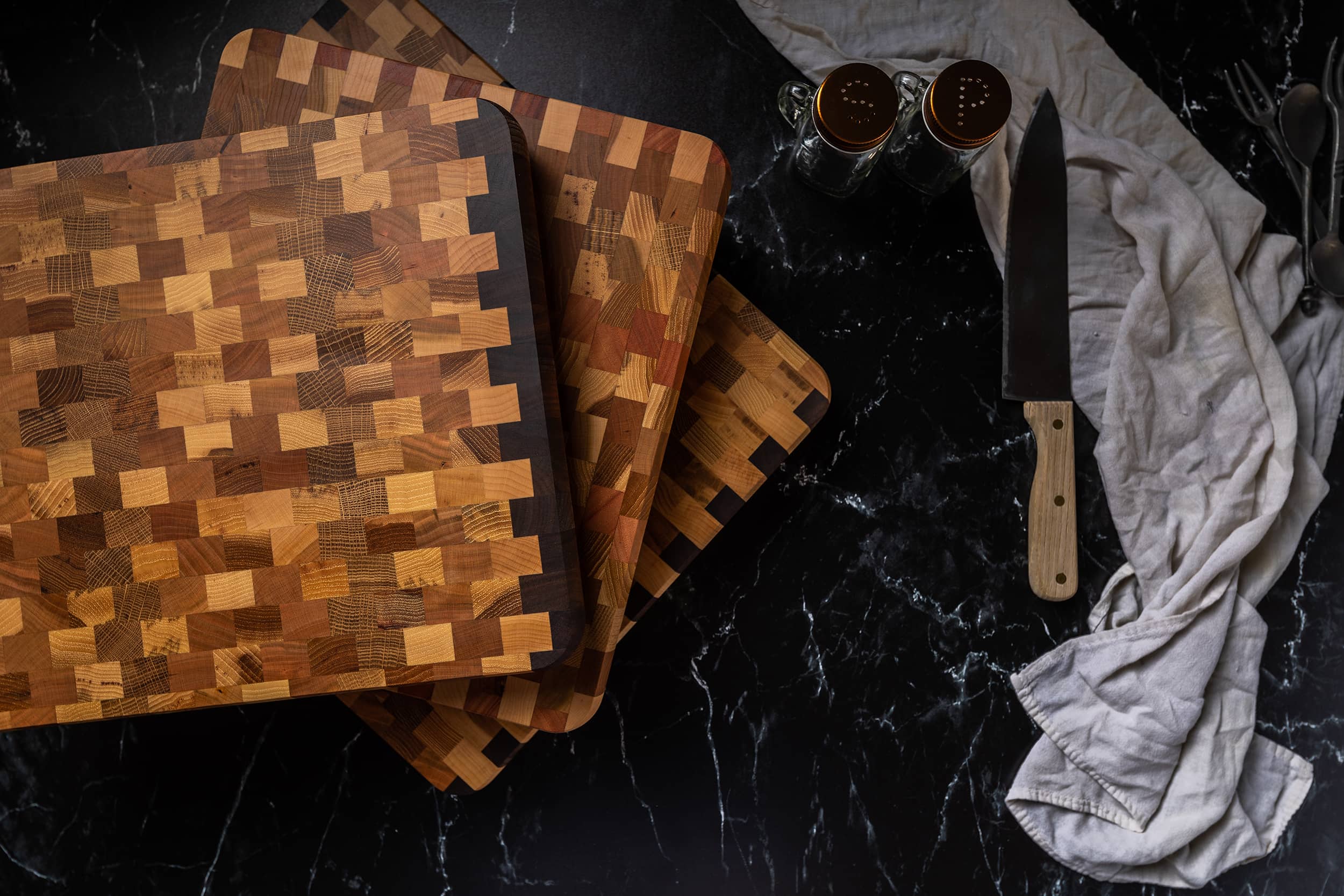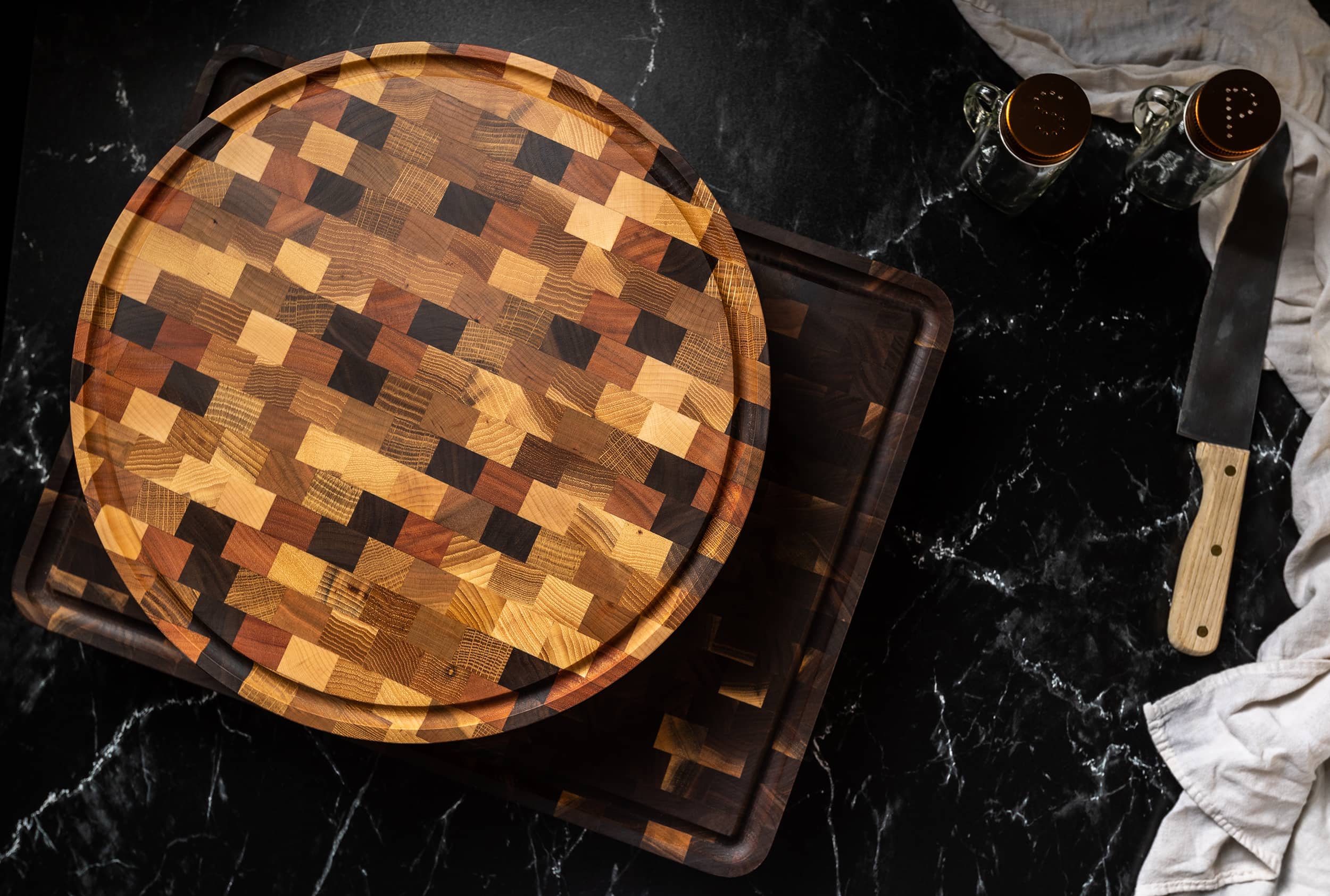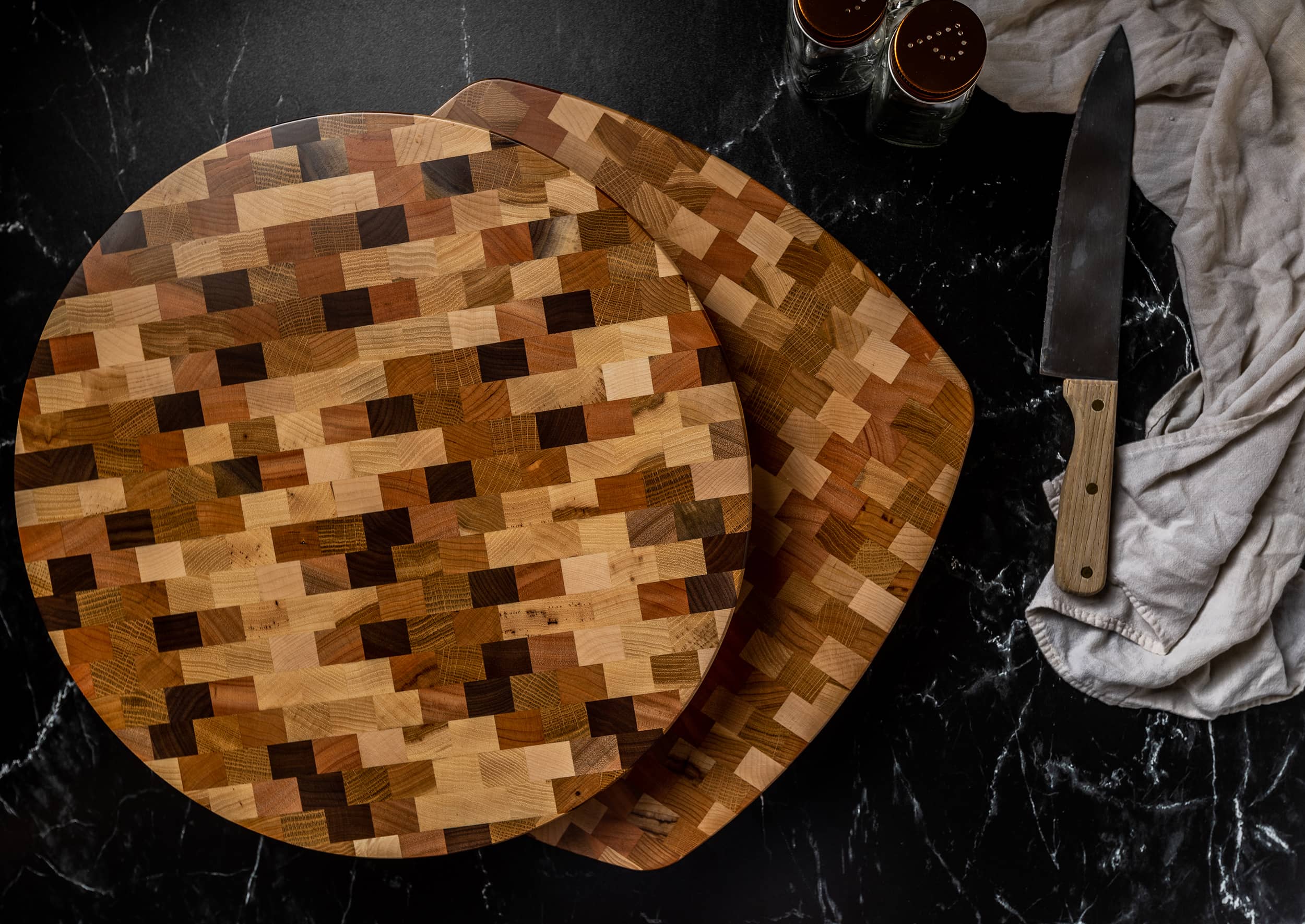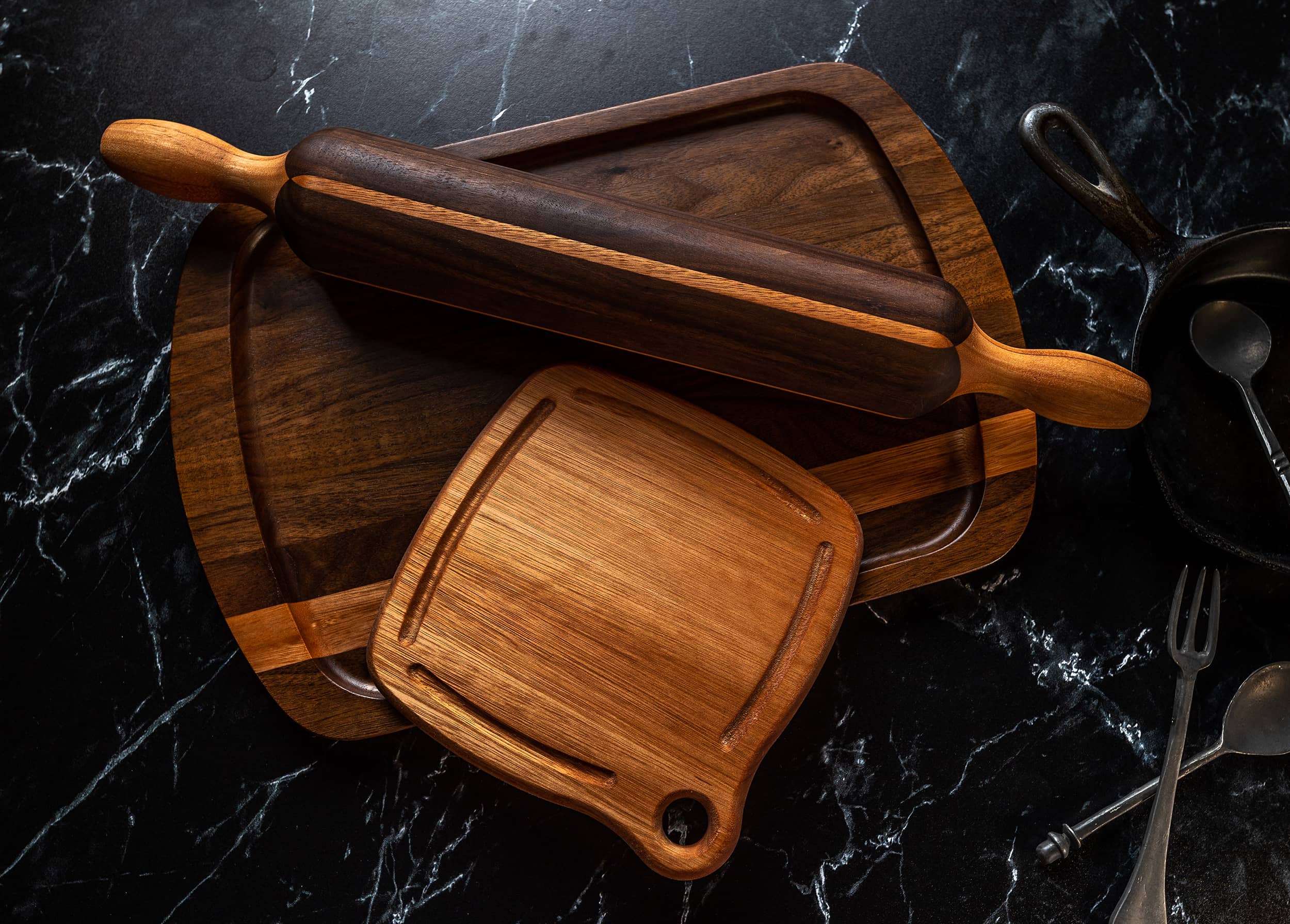The material your kitchenware is made from matters more than you might realize. It affects the hygiene, durability, sustainability, and performance of your tools. For centuries, people have turned to wood as the material of choice for crafting kitchen tools, appreciating it for its practicality and timeless beauty. Today, scientific research backs up what tradition has long known—wood is an exceptional choice for kitchenware.
In this blog post, we’ll explore the qualities that make wood the best material for kitchen tools. You’ll learn about its natural antibacterial properties, impressive durability, and eco-friendly benefits, giving you a deeper understanding of why it’s the ultimate choice for cooking enthusiasts.
Natural Antibacterial Qualities of Wood
When it comes to kitchen tools, hygiene is one of the most important factors to consider. The surfaces you prepare food on should help prevent the spread of harmful bacteria. Wood has long been recognized as a naturally hygienic material, making it an excellent choice for cutting boards, utensils, and other kitchen essentials.
One reason wood stands out is for its natural antibacterial properties. Wood contains compounds, such as tannins, that inhibit bacterial growth. Hardwoods like maple and walnut, which are commonly used for kitchenware, are especially known for having these antimicrobial defenses. This makes wooden surfaces safer for food preparation when compared to materials like plastic, which offer no natural protection.
Scientific studies support the idea that wood can neutralize bacteria. A review titled "Microbial Safety of Wood in Contact with Food" highlights that certain hardwoods possess natural antibacterial properties, making them effective materials for reducing bacterial contamination in kitchen environments. Similarly, research led by Dean O. Cliver, Ph.D., found that wooden cutting boards harbor fewer bacteria than plastic ones, as bacteria tend to die off more quickly on wood surfaces.
Beyond its antibacterial properties, wood also offers structural advantages that enhance its safety. Among the most important is its self-healing nature. Over time, small cuts and scratches in wooden surfaces tend to close naturally. This prevents bacteria from becoming trapped in deep grooves, which is a common problem with plastic cutting boards. By closing these spaces, wood limits the potential for bacteria to thrive, making it a safer and longer-lasting option for food preparation.
Wood’s antibacterial properties, combined with its self-healing nature, make it a reliable and hygienic choice for food preparation. By choosing wooden kitchenware, you’re investing in tools that prioritize your safety and bring peace of mind to your kitchen.
Durability and Longevity
When choosing kitchenware, durability is a key factor to consider. Tools that can withstand daily use without showing signs of wear are essential for any busy kitchen. Wooden kitchenware stands out for its exceptional durability, combining strength, resilience, and longevity.
One of the reasons wooden kitchenware is so durable is the care and expertise that go into its construction. Skilled craftsmen properly dry and cure the wood, assemble the product precisely, and apply protective treatments to keep it from warping, cracking, and splitting over time.
In addition, many wooden kitchen tools, including cutting boards, butcher blocks, and turntables, are crafted using end-grain construction. This method aligns the wood fibers vertically, allowing the surface to absorb the impact of cutting and chopping without damaging the material. The vertical alignment also allows the fibers to close naturally over time, giving end-grain wood the ability to self-heal. And it helps preserve the sharpness of your knives, making end-grain kitchenware an ideal choice for your kitchen.
While wooden kitchenware is naturally durable, simple care routines can help extend its lifespan and keep it performing at its best for years to come. Cleaning with mild soap and water helps to remove dirt, food particles, and bacteria. And regular conditioning keeps wooden kitchen tools like cutting boards, butcher blocks, and turntables from drying, cracking, and fading, ensuring your kitchenware continues to perform reliably and look beautiful.
By extending the life of your wooden kitchenware, you’re also impacting your wallet. Unlike plastic or other materials that require frequent replacement, wooden tools can last for decades with proper care, reducing the need for constant replacements.
In addition to saving you money, long-lasting products like wooden kitchenware also contribute to environmental sustainability. By investing in tools that remain in use for years, you’re reducing the demand for disposable alternatives and helping to minimize waste. This makes wooden kitchen tools an excellent option for anyone committed to eco-friendly living.
The durability of wooden kitchenware is rooted in skilled craftsmanship, the benefits of end-grain construction, and the care it receives over time. In addition to making wooden kitchen tools a cost-effective and sustainable choice, these qualities also ensure their long-term reliability for both professional chefs and home cooks. With wooden kitchenware, you can trust that your tools will withstand the demands of daily use while delivering consistent performance for years to come.
Environmental Sustainability
In today’s world, choosing eco-friendly materials is more important than ever. As we face increasing environmental challenges, small decisions—such as selecting sustainable kitchenware—can make a meaningful difference. Wooden kitchen tools stand out as one of the most eco-friendly options available, thanks to their renewable nature, biodegradability, and lower environmental impact.
One of the greatest advantages of wood is that it is a renewable resource when sourced responsibly. When wood is sourced from managed forests, trees are replanted as they are harvested, fostering healthy ecosystems. Choosing kitchenware made from responsibly sourced wood helps support sustainable practices that benefit both the environment and the communities involved.
Wooden kitchenware is also biodegradable, unlike synthetic materials like plastic, which can take hundreds of years to decompose. As wooden tools naturally break down at the end of their lifecycle, they return to the earth without leaving behind harmful waste. This biodegradability makes wood an excellent choice for reducing environmental pollution and minimizing your ecological footprint.
Another factor that makes wooden kitchenware eco-friendly is its lower carbon footprint compared to alternatives like plastic or metal. The production of wooden tools typically requires less energy and fewer resources, resulting in reduced greenhouse gas emissions. Additionally, the durability of wooden products extends their usability, further lowering their environmental impact by reducing the need for frequent replacements.
Wooden kitchenware stands out for its renewability, biodegradability, and lower carbon footprint, making it an eco-friendly choice that helps protect the planet. By choosing wooden kitchenware, you help reduce your environmental impact while enjoying tools that are both incredibly practical and stunningly beautiful.
Conclusion
Wood is truly unmatched as a material for kitchenware. Its ability to inhibit bacterial growth, withstand the rigors of daily use, and contribute to eco-friendly living makes it the ultimate choice for cooking enthusiasts. By choosing wooden kitchenware, you’re making a practical, hygienic, and environmentally responsible decision that benefits both your kitchen and the planet.
At Amish Classic Creations, we take pride in crafting high-quality, handcrafted wooden kitchen tools that embody the perfect balance of form and function. Explore our collection today to experience the lasting benefits of sustainable and beautifully made products.







Leave a comment